Beijing has five royal altars left from Ming and Qing Dynasties (1368 – 1911) including Tiantan ( the Altar for the Heaven, also known as the Temple of Heaven), Ditan ( the Altar for the Earth, also known as the Temple of Earth), Ritan ( the Altar for the Sun, also known as the Temple of Sun), Yuetan (the Altar for the Moon, also known as the Temple of Moon) and Xiannongtan ( the Altar for Agriculture, also known as Temple of Agriculture).
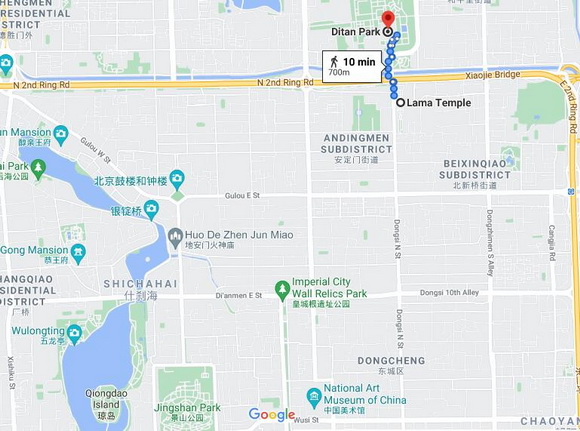
Now four of the original altars have been extended and turned into public parks known as Tiantan Park (the Temple of Heaven), Ditan Park (the Temple of Earth), Ritan Park (the Temple of Sun), Yuetan Park (the Temple of Moon).
ABC of Ditan ( the Altar for the Earth )
Ditan, or the Altar for the Earth and the Temple of Earth, was built in 1530 during Ming Dynasty. It was the place where the emperors in Ming and Qing Dynasties who would attend the annual summer solstice ritual of sacrifices to the earth. In 1925, the Temple of Earth was built into a park open to the public. Later the park was destroyed and discarded due to the successive wars. The park was repened to the public in April, in 1957.
Ditan Park is open 24 hours a day all year around with a small entrance of 2 Yuan. But the entrance to the inner site of the Altar costs you another 5 Yuan. Each year during the Chinese Spring Festival ( Chinese new year), a grand temple fair will be held inside Ditan Park with added up entrance fee of 10 Yuan.
Ditan Park has four entrances – South, North, East and West. Its south gate is easily reached by taking the Subway line 2 and you get off at the station of Lama Temple and exit from Exit A and walk to the north for about 300m, you will get to the southern gate to Ditan Park. We recommend that you make a circular tour of the park from the south gate, to East Gate, North Gate and exit from West Gate, or back to the southern gate.
A morning stroll around Ditan Park is very much rewarding, seeing people ( most of them are seniors ) doing all kinds of morning exercises, dancing and singing. Ditan Park is also one of the best places to view autumn leaves in the downtown Beijing when the Ginkgo trees are all yellow, blanketing the major roads in the park.
Another important occasion to come to Ditan Park is Chinese Spring Festival when a large temple fair will be held here annually, attracting huge crowds of visitors. There will a plenty of vendors selling all kinds of stuff, food, entertainment, and games.
Morning Stroll around Ditan Park
First, follow me for a relaxing stroll around Ditan Park in the morning. This time I enter Ditan Park through its west gate instead of its south gate. What allures you is the grand pailou outside the west gate. Pailou, also known as Paifang, is a traditional Chinese architectural form like an archway.
Pailou ( Paifang ) is a traditional Chinese architectural form like an archway.
Each morning many local residents, especially senior people come to Ditan Park or the Temple of Earth for doing all kinds of exercises. T
his group of people are Tibetan dancing fans, dancing in front of the open space by the west gate to the Palace for Fasting.
Move on to the east from the Tibetan dancing group, I see another group of people learning Tai Chi.
Soon, I reach the wide paved road running from north to south leading to the North Gate. Many people are doing morning exercises on the road covered with high Ginkgo trees.
Let’s go on to make a loop tour of the park and move on to the east side of the north-south main road. Here you may find even more people doing Tai Chi, doing plentiful morning exercises.
A veteran of martial art is practicing in order to attract new students for commercial purposes.
Relying on apparatus to do exercises. Some just go to the extreme.
This is the Chinese Traditional Medicine Health Cultivation Garden telling people how to keep fit and self-cultivation. The garden is located at the East gate to Ditan Park.
It is a beautiful garden immersing people into a mesmerizing environment while learning the basics of Chinese traditional medicine.
Well. let’s walk to the middle of the park – the Altar in a square pond (Fangzetan) circled by red-colored wall with yellow glazed tiles.
Fangze Tan ( The square and moated terrace), popularly known as “the Altar” was the place where the emperors in Ming and Qing Dynasty offered sacrifices to the God of the Earth. It is locked in the early morning, so I have to peep through the wooden gate and take a picture of the Altar from a distance.
Old pine trees and green lawn by the Altar. I happen to take a candid photo of a cute baby escorted by his grandpa.
Now I come to the southern gate, the most popular gate of the four gates in the park. In front of the gate is the House for worshipping the Earth God.
The house is also surrounded by the red-colored wall with yellow glazed tiles.
Just outside the southern gate, you can find one of the popular Cantonese restaurants in Beijing known as Jindingxuan Restaurant. You may have a bite of the Cantonese food.
Fall Foliage at Ditan Park
Beijing is at its best in autumn with blue sky, comfy sunshine and colourful leaves. The best time to see the foliage in Beijing spans about one month ranging from October 15 to November 15.
There are many places to view fall foliage in Beijing including the mountainous areas (all sections of the Great Wall) and downtown parks. Among them, Fragrant Hill is unanimously considered as the most famous place to see autumn leaves in Beijing.
If you are scared of the huge crowds of visitors at Fragrant Hill or don’t want to go to the mountains or the Great Wall outside Beijing, and would rather have a leisure time in viewing the autumn leaves in downtown Beijing, Ditan Park ( The Temple of Earth ) is definitely your best option.
Autumn Ditan 1
Ditan Temple Fair during the Chinese spring festival
As a foreign visitor, if you are in Beijing during the Spring Festival (Chinese New Year), visiting a temple fair is definitely a good choice to experience the traditional Beijing custom and Chinese culture.
Like elsewhere in the world, temple fairs (Miao Hui)originated and developed as groups of vendors did business near temples when many pilgrims came to pay tribute to the gods during traditional festivals.
Now there are over 10 major temple fairs held each year in Beijing during Chinese New Year. Most of them are in the parks, wide streets and other non-temple areas.
Though some commercialization is greatly reinventing the essence of the Beijing’s temple fairs, and old Beijing culture is becoming a smaller part of the fairs, going to a temple fair is still one of the opportunities to know something about our Spring Festival traditions: eating, shopping and entertaining.
Eating and drinking at Ditan Temple fair. Shopping at Ditan Temple Fair
Major attractions near Ditan Park
If you are going to visit Ditan Park, you are highly recommended to visit the nearby attractions listed below:
Confucian Temple and the Imperial College Museum
Lama Temple
Shichahai
Beihai Park
Forbidden City
Tip: Hassle-free Beijing Guided Tours
If you don’t want to go the do-it-yourself route and prefer the hassle-free escorted tours, here are some options for guided tours to Beijing:
Car Rental in Beijing
Beijing Day Tour
Beijing Tour Packages
Great Wall Tour
Beijing Winter Tour
China City Tours
China Tour
Further Readings
How to Plan a Trip to Beijing
Best Time to Visit Beijing
Top 10 Attractions in Beijing
Top 10 Tourist Scams Beijing
How to Visit Tiananmen Square
How to Visit Forbidden City
How to Visit Temple of Heaven
How to Visit Summer Palace
How to Visit Ming Tombs
How to Visit the Great Wall of China
How to Visit Shichahai
How to Visit Lama Temple
How to Visit Olympic Sites
Top 10 Markets in Beijing
Top 10 Shopping Malls in Beijing
Beijing Shopping
Wangfujing Snack Street
Qianmen Commercial Street
Beijing Huguosi Street
Any questions, just drop a line.






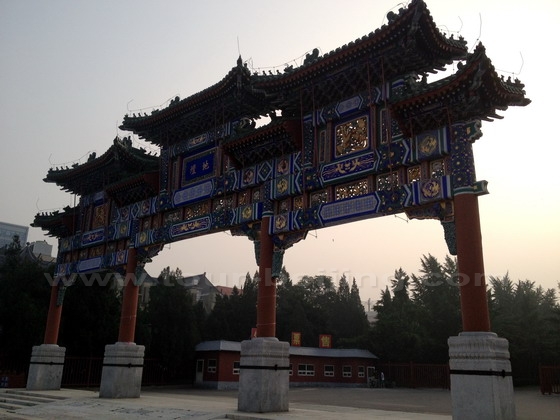
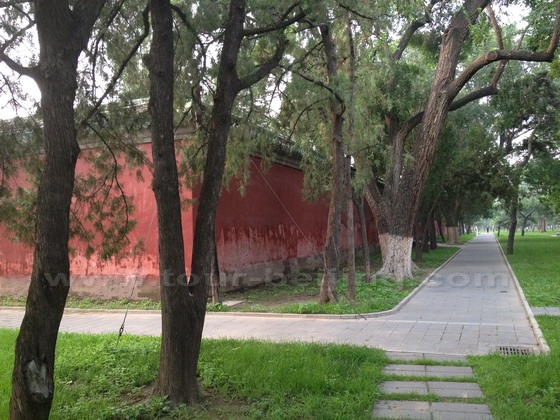
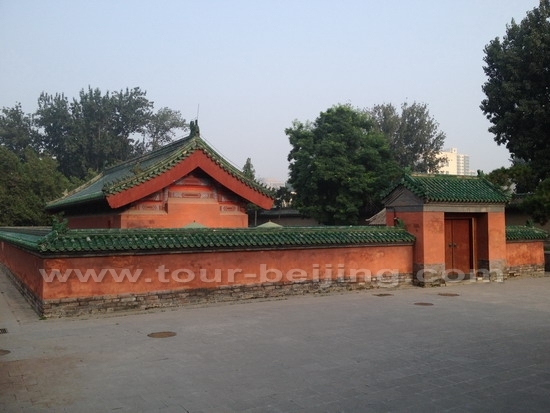
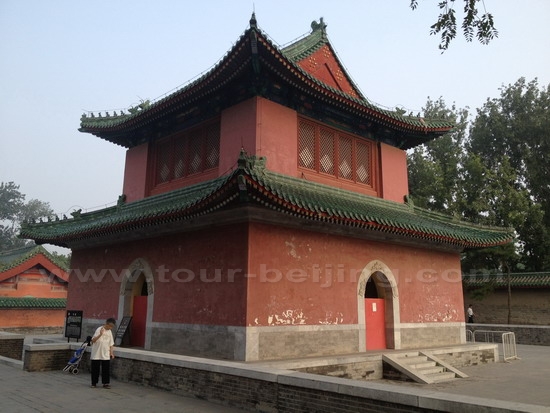
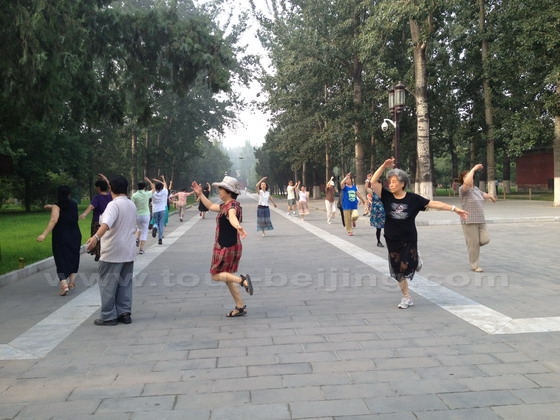
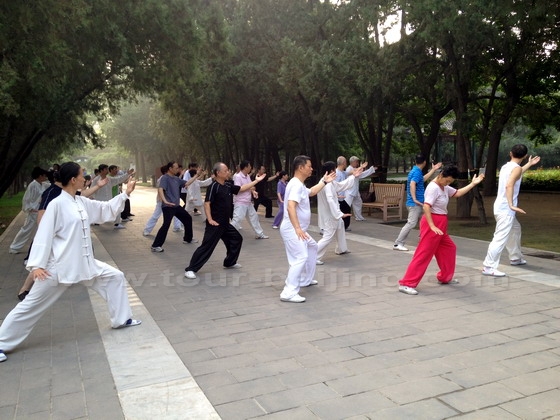
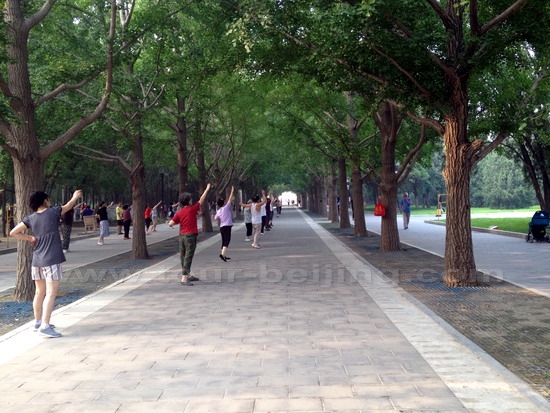
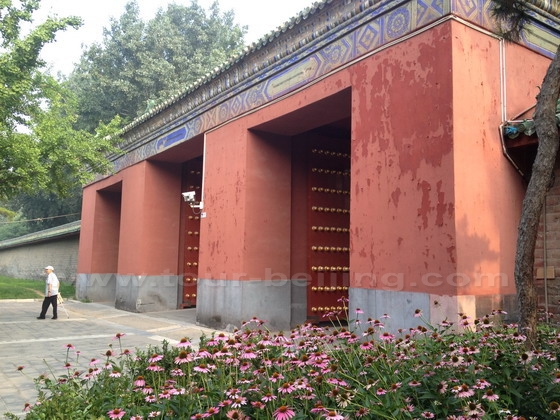
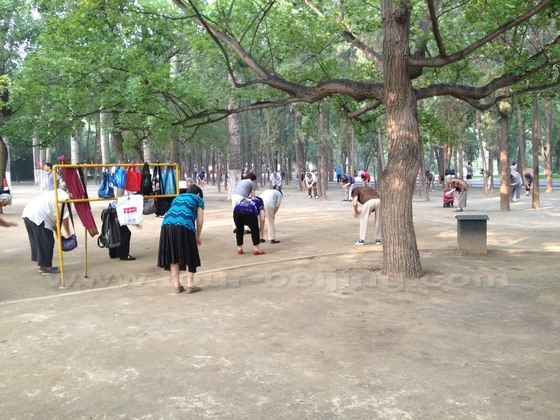
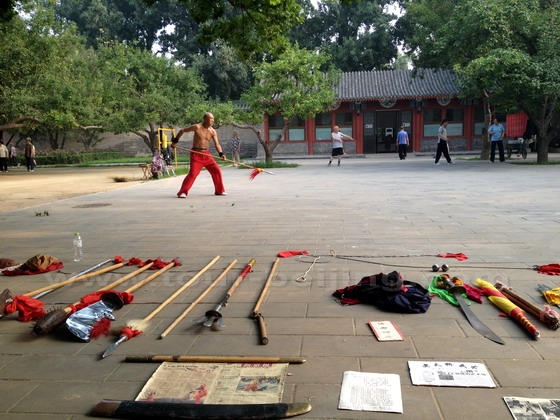
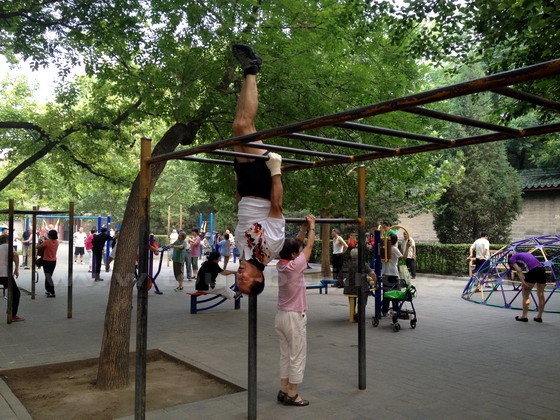
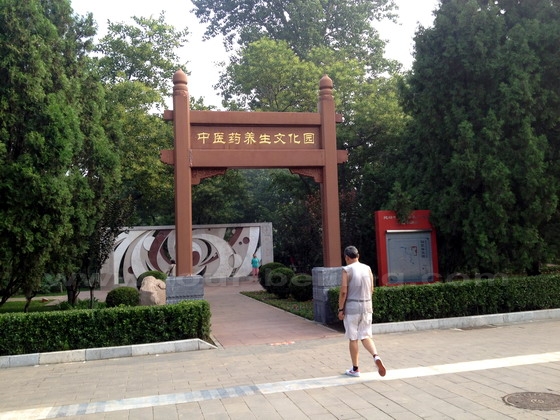
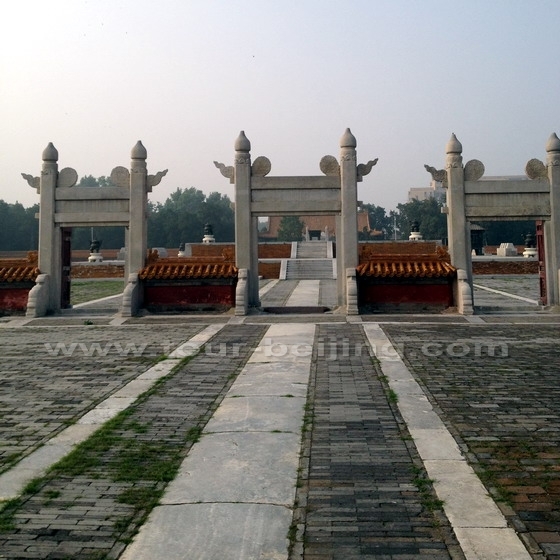
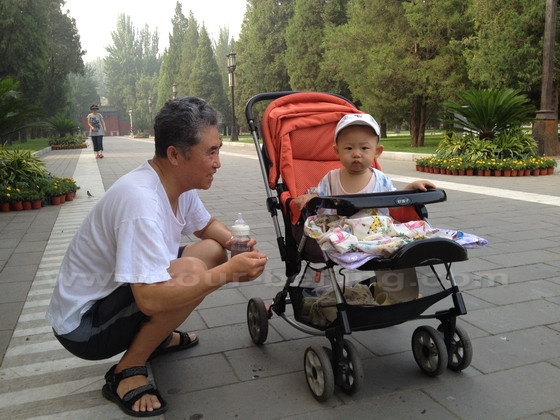
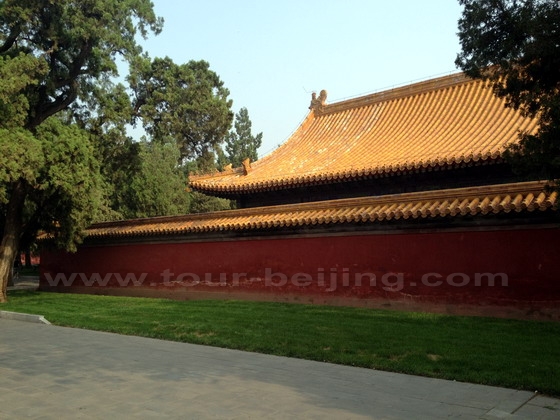
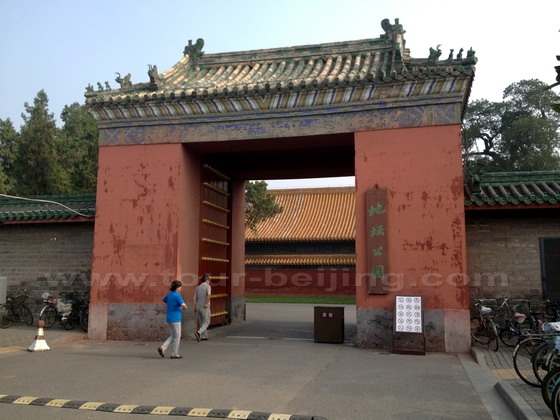
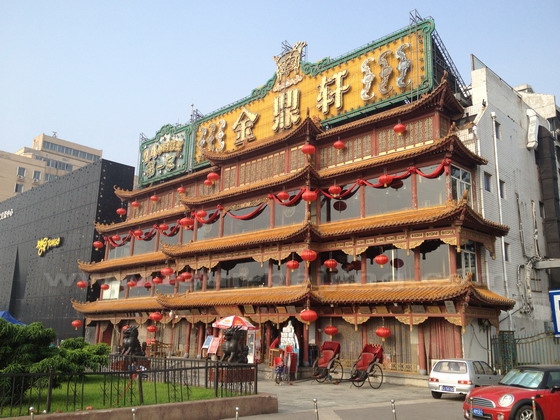
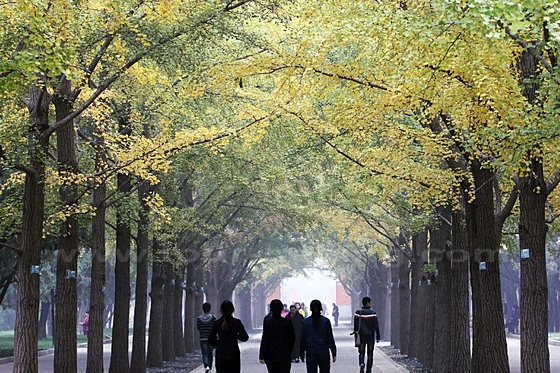
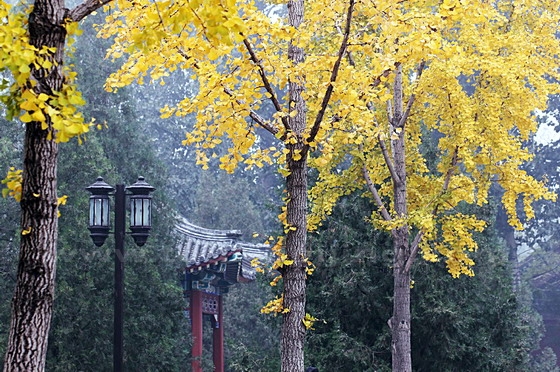
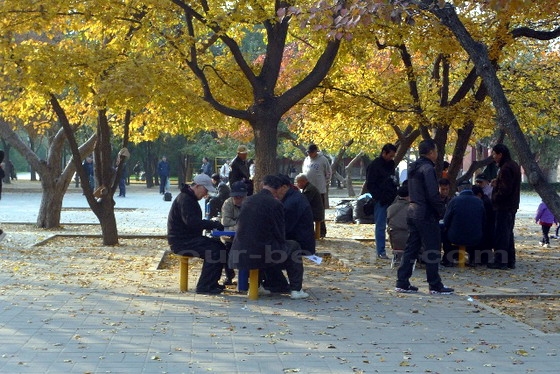
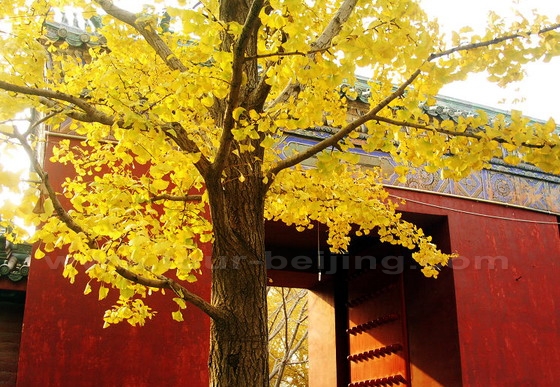
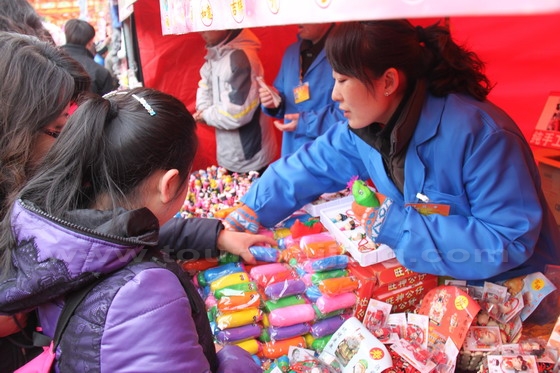

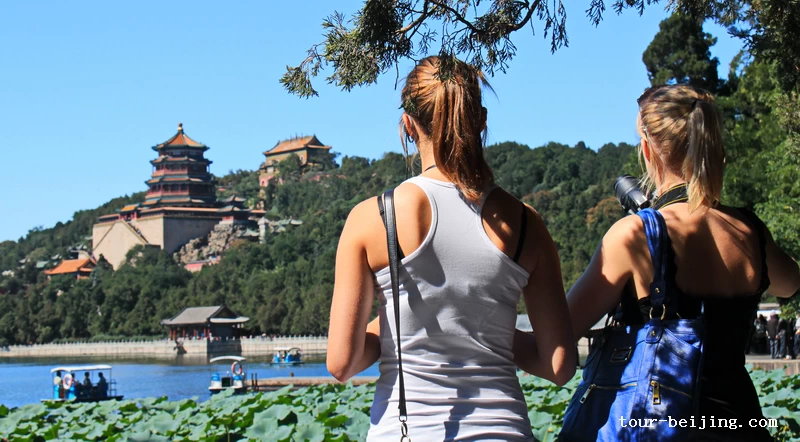
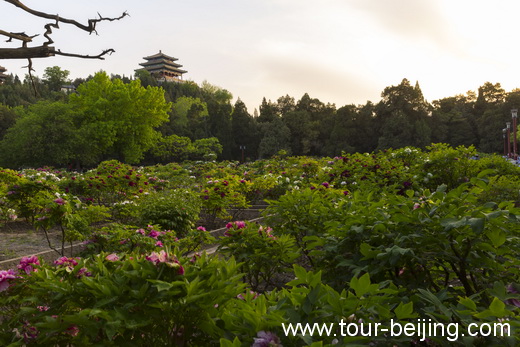
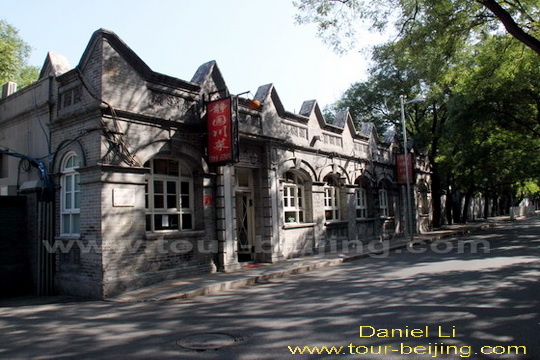
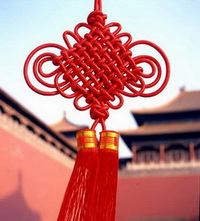
Hi
If visiting on Chinese New Year’s Day 2014 which gate should we enter and any tips of where to go. I didn’t realize it is so big so would like to know if you can recommend a route through the fair. I am most interested in the entertainment at the fair.
Hello Petal,
Actually,the park is not very big. For your convenience, you may enter the park from its south gate. You may take subway line 2 or 5 and get off at the station of Lama Temple ( Yonghegong ) 雍和宫 and use the exit A. Then you will easily see the festively decorated gate. Inside the park, you just follow the throng ( there will be large crowds of people and vendors in the park! Walk around the park. Have a good time !